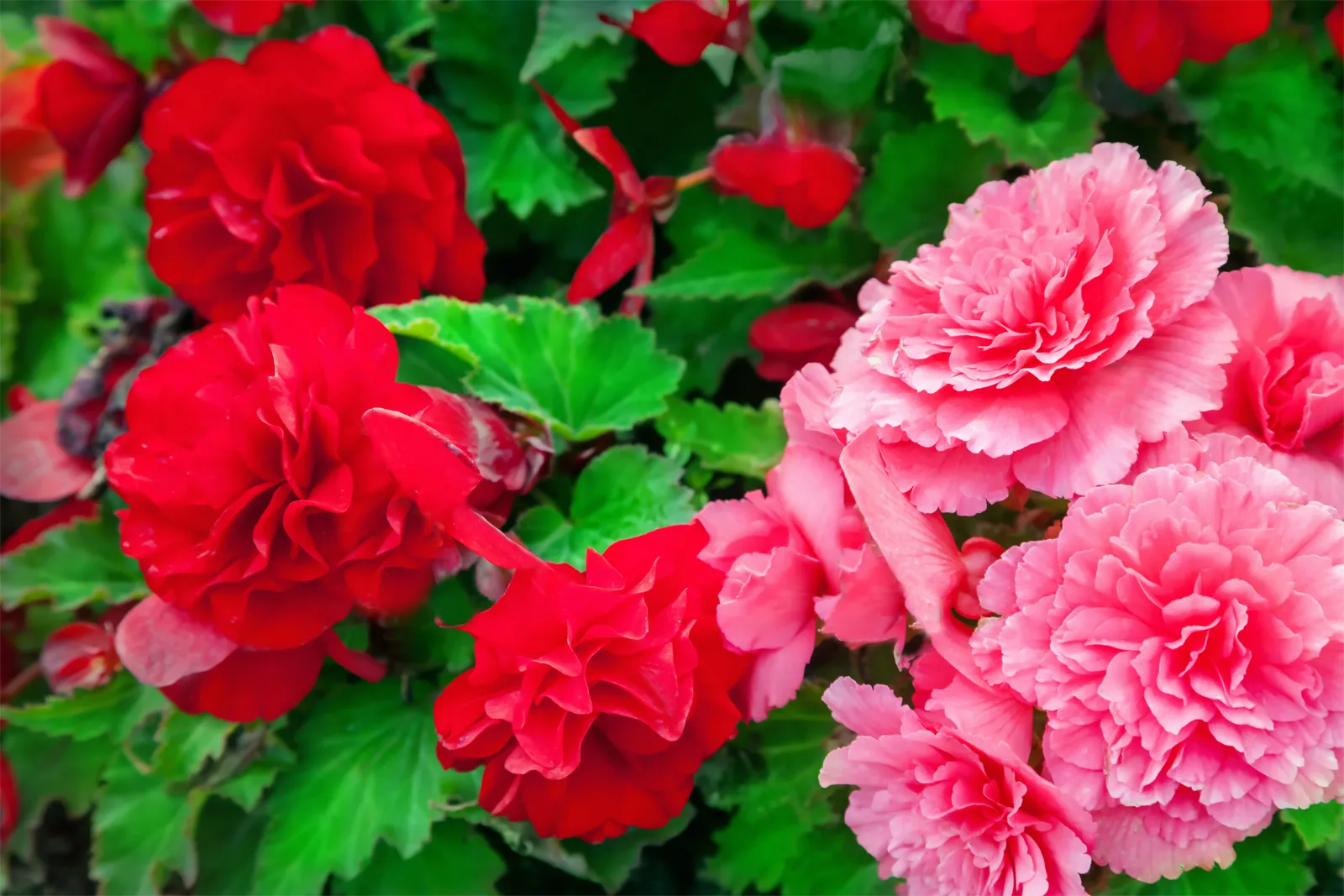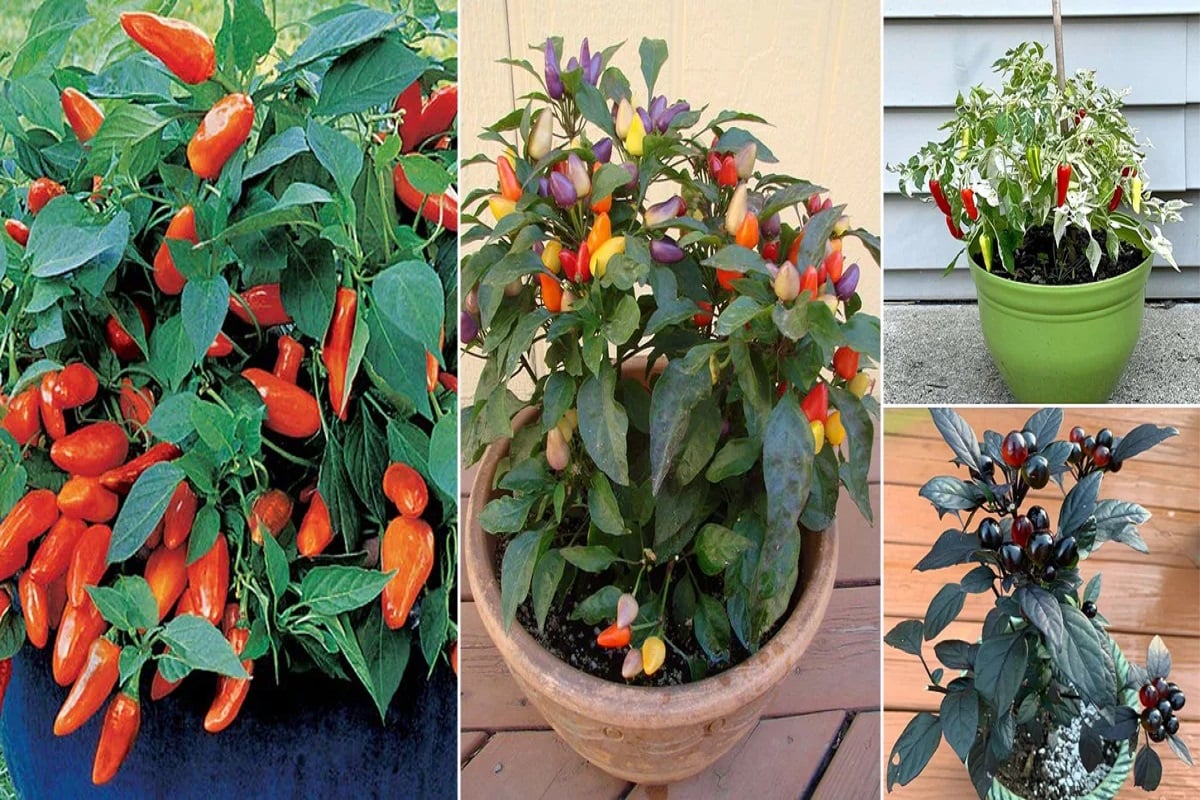If you have a garden, you might have heard about creating homes for frogs and toads. These small creatures can bring a lot of benefits to your garden, making it a more vibrant and balanced place. Let’s explore the advantages of inviting these friendly amphibians to your outdoor space.

Frogs and toads are like nature’s pest control team. They love to feast on insects like mosquitoes, beetles, and flies. By providing them with a comfortable abode in your garden, you’re essentially hiring tiny helpers to keep unwanted bugs at bay. This means fewer annoying insects bothering you and your plants.
Having a diverse ecosystem in your garden is essential for its health. Frogs and toads play a crucial role in maintaining this balance. They control the population of insects and help prevent any single species from becoming too dominant. A well-balanced ecosystem contributes to the overall well-being of your plants and flowers.
Believe it or not, frogs and toads can also be your garden’s fertilizer providers. Their droppings, known as castings, are rich in nutrients that plants love. As they move around the garden, they leave behind this natural fertilizer, contributing to the soil’s fertility. This organic approach to fertilizing your garden is eco-friendly and supports healthy plant growth.
One of the delightful benefits of having frogs and toads in your garden is the charming chorus they create. Their croaks and chirps can turn your outdoor space into a peaceful symphony, especially during warm evenings. This adds a touch of nature’s music to your surroundings, creating a serene and calming atmosphere.
Creating homes for frogs and toads provides an excellent opportunity for learning. If you have children, involving them in the process of building these abodes can be a fun and educational experience. They get to understand the importance of these amphibians in the ecosystem and develop a sense of responsibility towards nature.
Frogs and toads are part of your local biodiversity. By welcoming them into your garden, you contribute to the overall biodiversity of your region. This is vital for maintaining a healthy environment and preserving the natural balance of species. A diverse ecosystem is more resilient to changes and disturbances.


